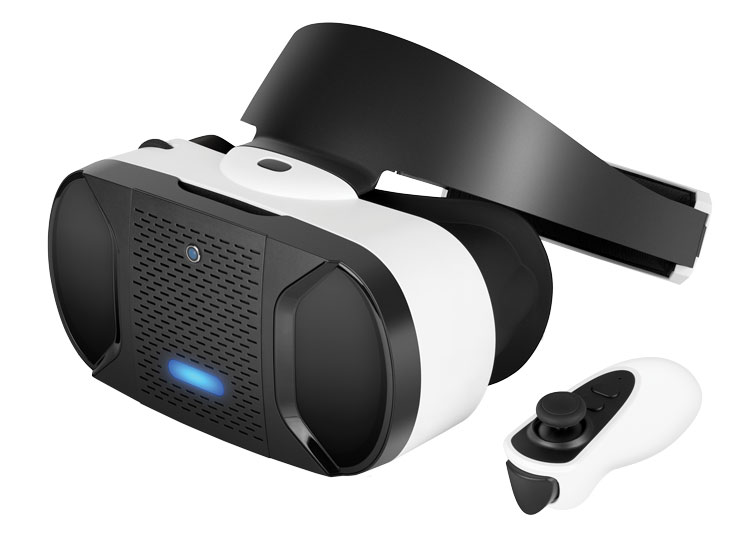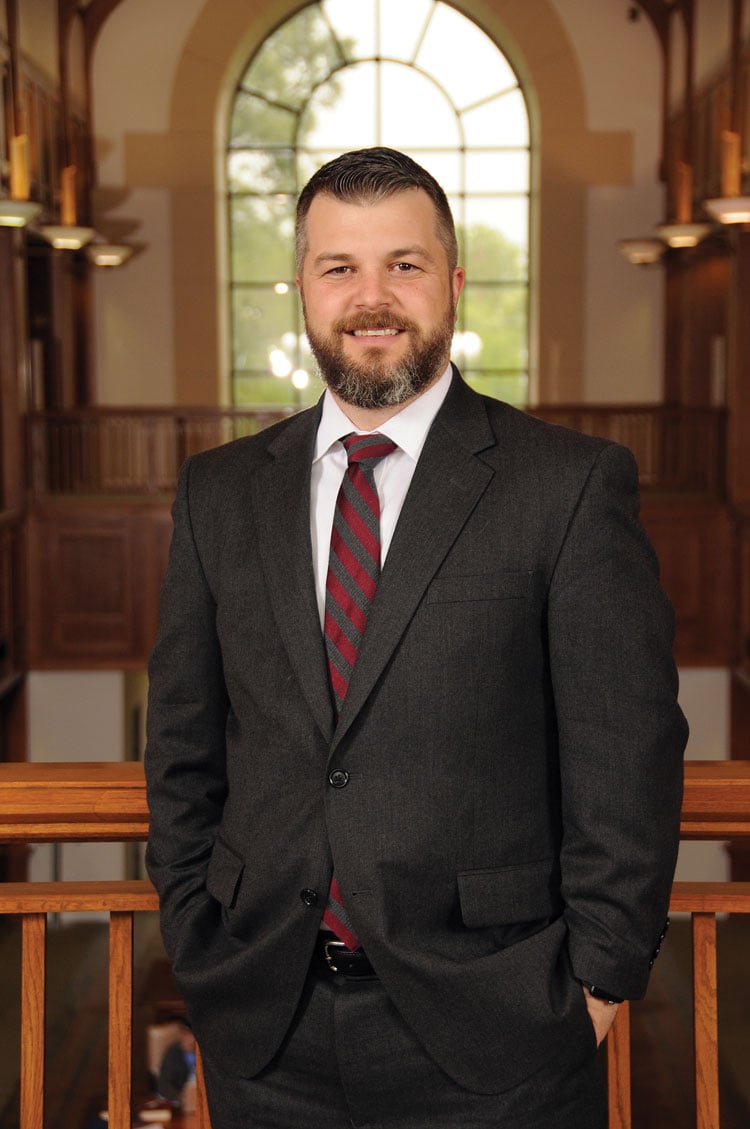How are law schools using virtual reality tools in classrooms?

Shutterstock
Another concern is maintaining the security of student information as required under the Family Educational Rights and Privacy Act.
“The elephant in the room is student privacy,” Ajmi says. “As virtual reality goes online, the question will be: What happens to the data when it goes to a third party? The privacy and security of student information will be big issues.”
In addition, administrators may be reticent to purchase VR equipment because they know their faculty and law students are not particularly knowledgeable or adept when it comes to technology, much less able to get the most out of the equipment.
Further, many law students often have “little or no interest in technology,” Lederer says. “That creates a challenge,” he admits. “But what are they going to do when they have to use technology in their practice?”
In fact, lawyers have an obligation to know the benefits and risks associated with using the latest technology. In 2012, the American Bar Association modified its Model Rules of Professional Conduct to require lawyers to stay abreast of changes in the practice of law, including the use of new technology.
“Virtual reality is becoming an important technology,” Lederer says. “It would be helpful for students to know something about it before it hits you over the head in the working world.”
Drones and Phones
Law schools experimenting with VR are piloting a variety of projects. Brice, at the University of Oklahoma’s law school, found a way to integrate the technology into the curriculum by partnering with the law school’s Oil & Gas, Natural Resources and Energy Center to create a 360-degree video of a water reclamation site in West Texas. Brice used 360-degree cameras tethered to drones to capture the site.
“You could tell them what water reclamation is and what it looks like, or you can have them fly around a water reclamation site and they can see it for themselves,” Brice says. “By doing that, we’ve created a context for what they are learning that they won’t get out of a textbook.”

Kenton Brice: “You could tell them what water reclamation is and what it looks like, or you can have them fly around a water reclamation site and they can see it for themselves. By doing that, we’ve created a context for what they are learning that they won’t get out of a textbook.” Photo courtesy of The University of Oklahoma.
The project forced Brice to get out of his comfort zone.
“I had to learn about video editing and piloting drones,” Brice says. “These are things I never thought I would be learning how to do, but I did, and now I have new skills.”
In addition, the school is using “Clouds over Sidra,” an immersive video about a Syrian refugee camp, with students in the law school’s human rights class.
“We wanted to motivate students in the human rights class,” Brice says. “The video provides an experience that students otherwise wouldn’t get.”
In addition to creating crime scenes, students at UNT Dallas College of Law have been pilot testing an eLearning Studios VR public speaking app for improving student trial skills.
To use the app, students only need a smartphone and a VR headset, Wondracek says. The app allows students to practice their advocacy skills within a realistic environment to help them prepare for advocacy tournaments. The American Association of Law Libraries provided the school with a $2,500 award to fund the project.
Wondracek says her goal is to eventually create a VR courtroom in which students could practice opening and closing arguments.
“We would like our students to learn how to make their arguments when there are distractions, like a jury shifting around or a door opening and closing,” Wondracek says. “These are all things that throw beginning attorneys.”
Meanwhile, students at the University of Missouri-Kansas City School of Law are using 360-degree cameras to record themselves conducting voir dire, Ajmi says.
“It’s a way that students can self-critique and faculty can critique,” Ajmi says. “Right now, it’s being used as a simple assessment tool.”
Ajmi adds that he wants the law school to go beyond creating “spherical videos” to true VR content that will be used as part of the law school curriculum, like virtual courtrooms.
However, Ajmi has noticed students are not exactly climbing over each other to use the technology the school already offers.
“Their schedules are full, and they have no time to learn the equipment,” says Ajmi. “In general, law school faculty focus on the traditional method of learning—the Socratic method. We should encourage students to be familiar with the technology by embedding it into the teaching.”
This article was published in the January-February 2019 ABA Journal magazine with the headline "A New Reality."



